From a growing skills gap to a stubborn productivity crisis, business leaders are under increasing pressure to improve efficiency while also fostering employee engagement. Everyone agrees that technology can help, and many businesses are now harnessing AI to enhance processes like customer service and repetitive workflows. But many industry leaders are overlooking another key driver of business growth: creativity.
Investing in creativity traditionally might have seemed like a nice-to-have, but organizations that encourage curiosity and inspire teams to question the status quo outpace their competitors. Canva’s recent survey, conducted with Harvard Business Review, showed that 96% of business leaders agree that creative ideas are essential to an organization’s performance and long-term success.
Creative practices are woven into the fabric of the most successful organizations. Increasingly the same is true for AI, but the two strategies are often seen separately – which is a missed opportunity as leveraging both in tandem offers the greatest potential.
A helpful pair of ‘hands’
In today’s fast-paced world, downtime is rare and employees struggle to find enough time in the day to be as imaginative as they would like. Creativity often emerges spontaneously and unexpectedly, and to capture and make the most of those ideas, businesses need tools that can help them “get creative about being creative”.
AI can help a lot with this – not only by reducing the time and skills barrier required to go from an initial idea to a real piece of work, but also by freeing up time by automating repetitive tasks like proof-reading text, analyzing customer feedback as well as generating code. The latter is essential as it allows employees to focus on big-picture thinking and channel their energies into more impactful work such as creative ideation and strategy. On the flip side, the abundance of new AI tools and apps may also lead to added complexity. Navigating this landscape can be overwhelming, time-consuming and costly, and business leaders are seeking ways to simplify the process. Investing in training and creating unified workflows is key to creating a seamless experience.
Even though everyone agrees that creativity is crucial for business growth, many companies still struggle to generate innovative ideas and turn them into concrete solutions. Canva’s survey showed that only 22% of business professionals said their organization is “very successful” at identifying creative solutions to problems.
AI presents a huge opportunity to help teams ideate and bring ideas to life – in other words, to enhance rather than replace human creativity. Combine AI with a focus on creativity, and tasks like creating visually appealing presentations, drafting standout assets, or crafting personalized email marketing campaigns become not only quicker but more accessible, so that all team members, regardless of their technical skill levels, can more easily turn ideas into reality.
As a result, business leaders can cultivate a more dynamic and collaborative workplace where team members feel encouraged to challenge themselves and employees can more easily maximize their impact.
Building a future-proof business
Businesses everywhere are grappling with how to best prepare their teams for the next wave of innovation, recognizing that investing in skills development and fostering a culture of adaptability and creativity is key to staying competitive. In recent years, we have experienced economic ups and downs, a pandemic-driven shift in how we approach work, and rapid technological advances – so for some business leaders “future-proofing” may sound impossible.
While predicting tomorrow’s challenges is tough, business leaders can – and should – build resilience and reduce stress factors to be prepared for change. Executives are trying to find that sweetspot and balance enhanced innovation with tightened budgets – and empowering teams to connect, create and collaborate to drive efficiency and productivity at work. As a result, now more than ever, emerging technologies like AI are becoming a solution for forward-thinking organizations.
Looking ahead, businesses that will thrive the most will be those that harness AI not just for operational efficiency, but also for cultivating a vibrant internal culture where creativity flourishes. Those which recognize that technological innovation and creativity should go hand-in-hand will be best equipped to navigate the complexities of the modern workplace and achieve long-term success.
We’ve listed the best free logo makers.
This article was produced as part of TechRadarPro’s Expert Insights channel where we feature the best and brightest minds in the technology industry today. The views expressed here are those of the author and are not necessarily those of TechRadarPro or Future plc. If you are interested in contributing find out more here: https://www.techradar.com/news/submit-your-story-to-techradar-pro

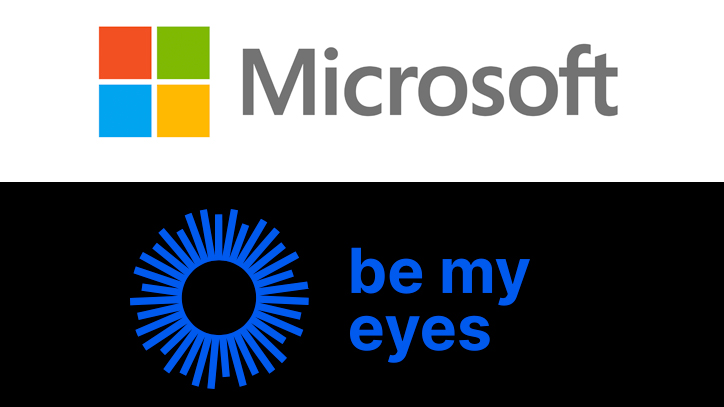

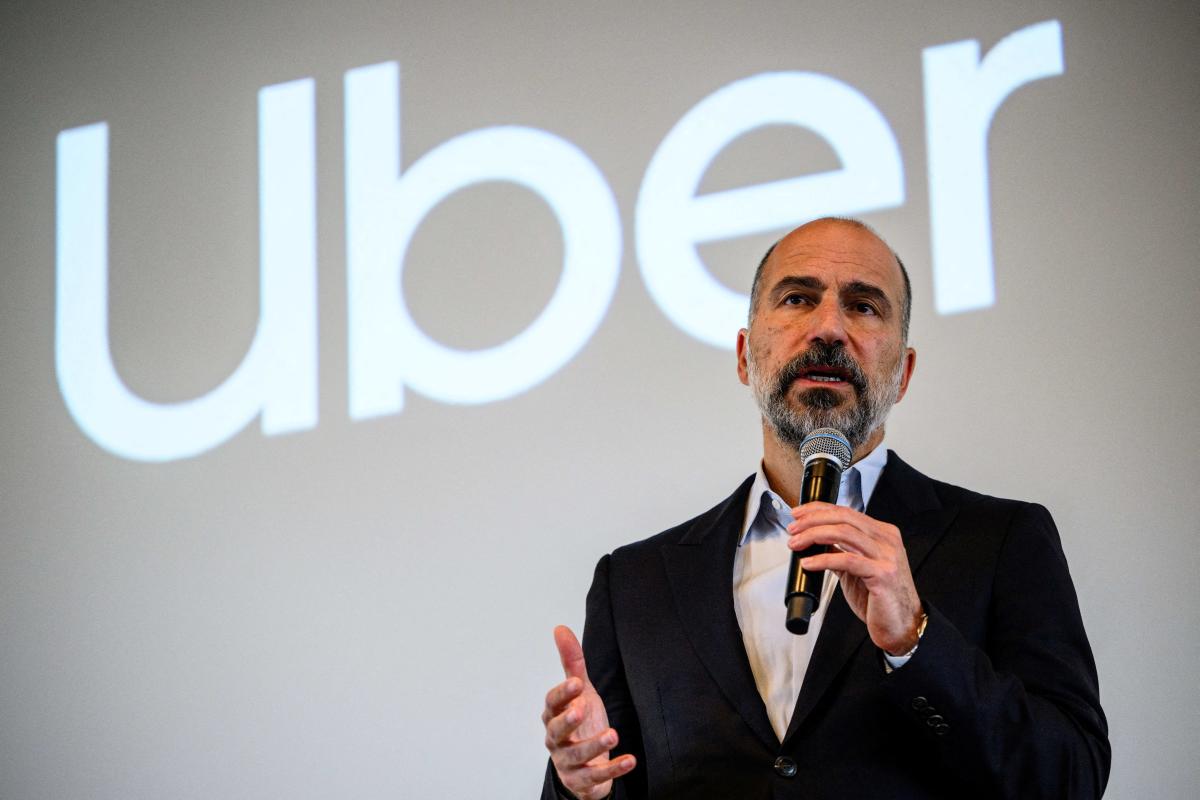



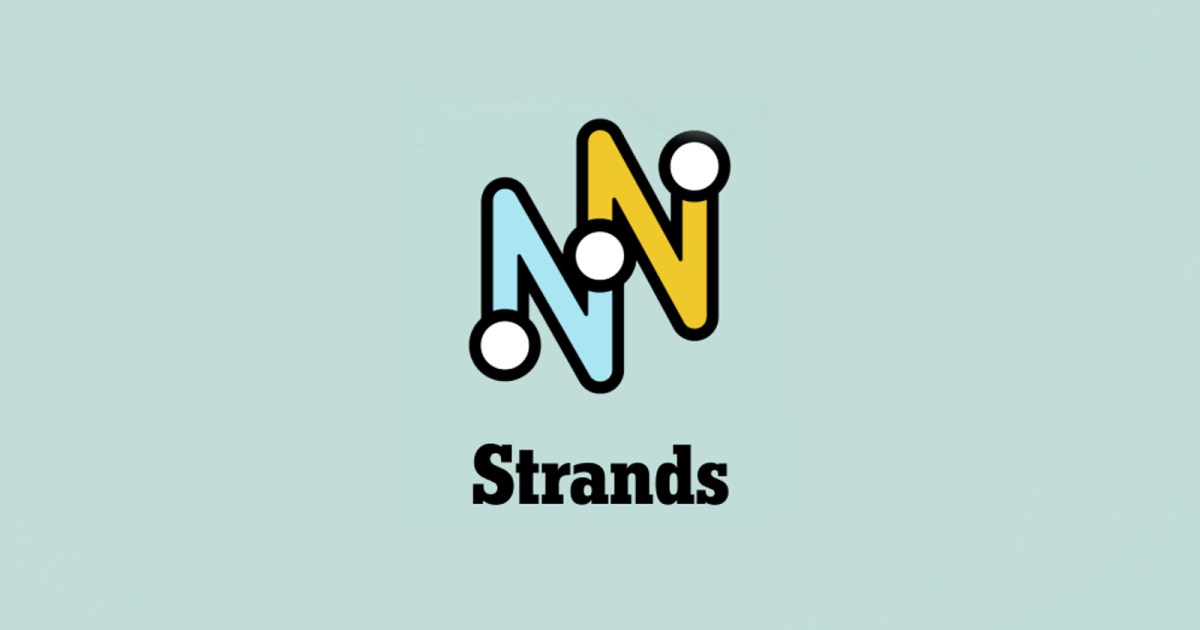
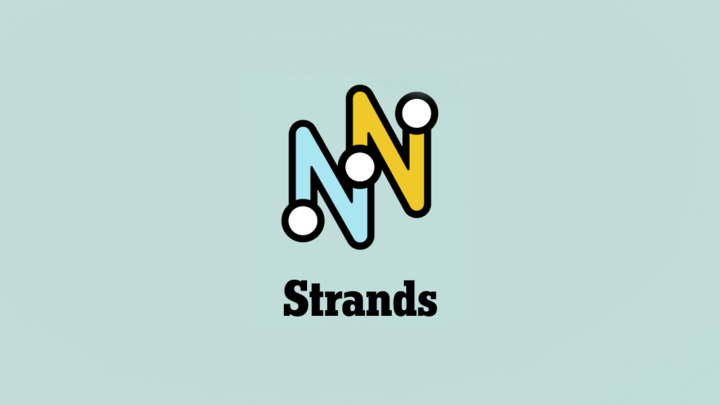
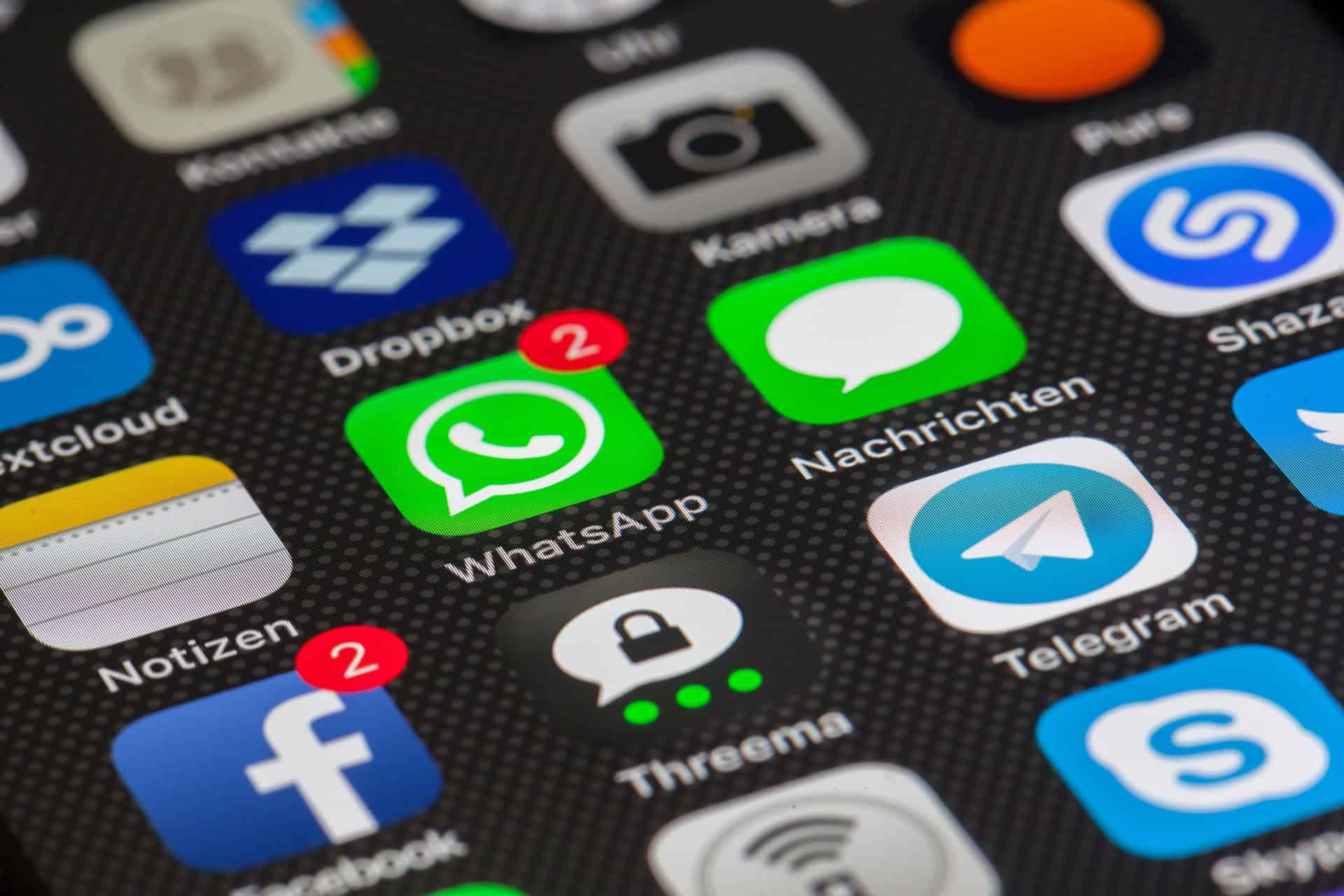


























































































































































You must be logged in to post a comment Login